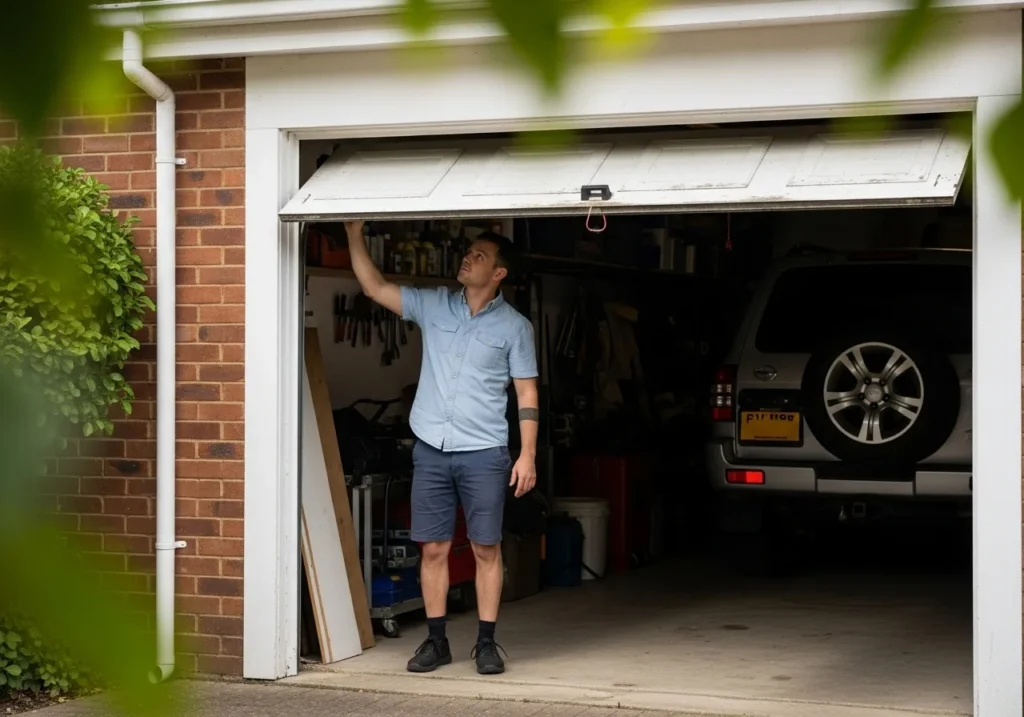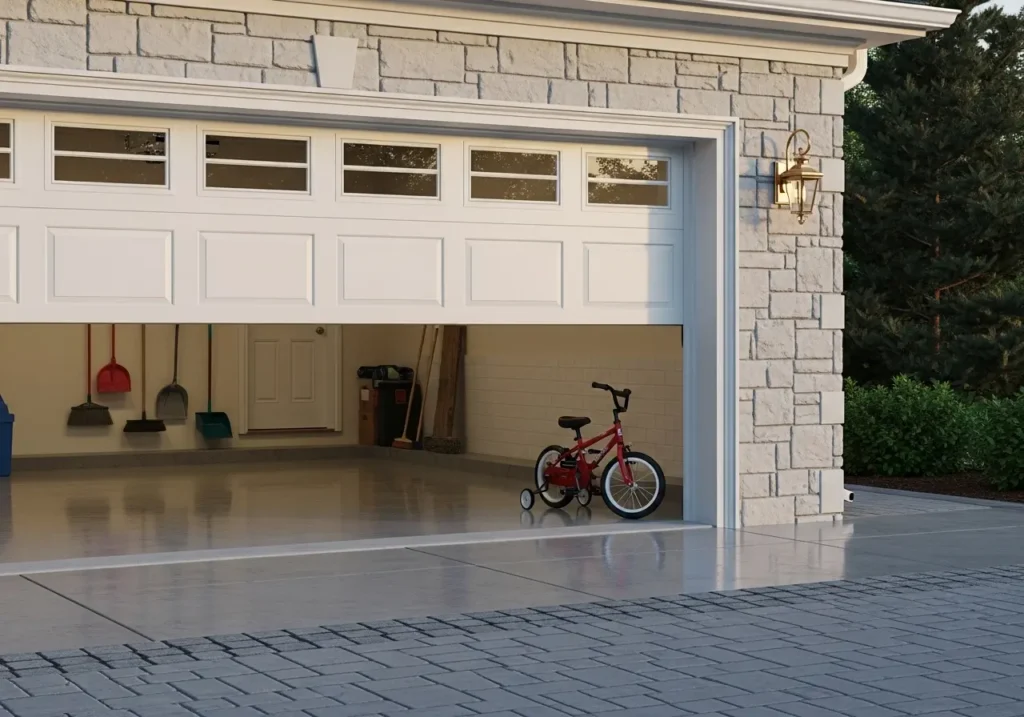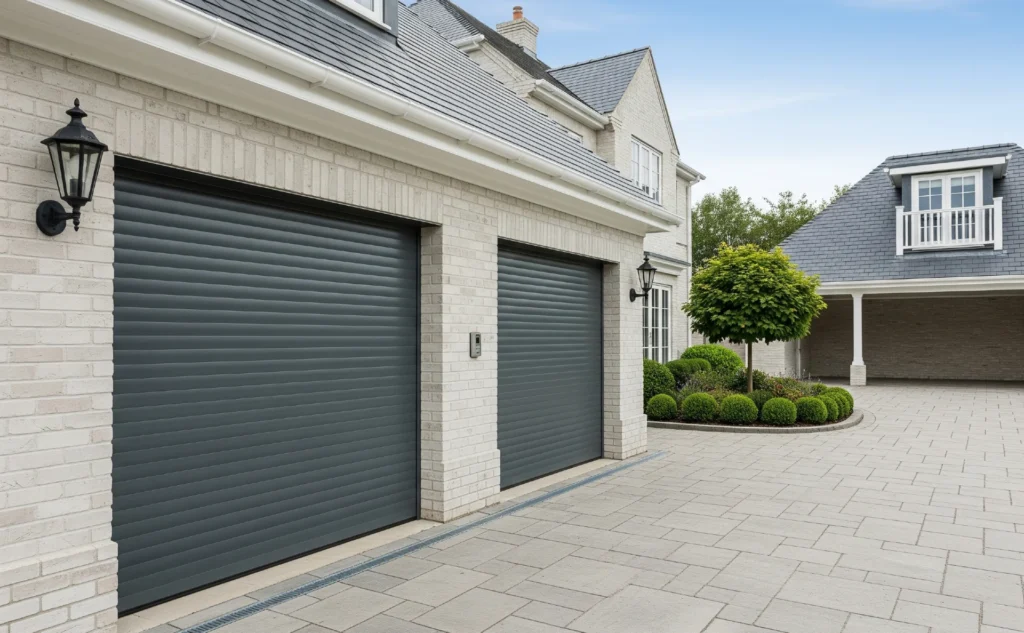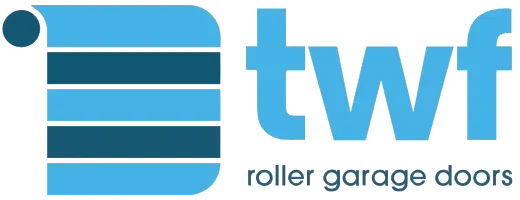Garage Doors: a complete UK guide
Choosing the right garage door is a big decision for any UK homeowner. The right door adds security, insulation and everyday convenience. This guide explains the five main types: roller, sectional, up-and-over, side-hinged and round-the-corner, with comparisons on cost, space, insulation, sealing and security. We also cover measuring, installation, BS EN 13241 compliance, planning rules and maintenance. For homeowners in Suffolk and Norfolk, we offer professional installation, while our DIY kits are available nationwide. At TWF Garage Doors in Norfolk, we use our experience to help you choose the door that’s right for your home.



